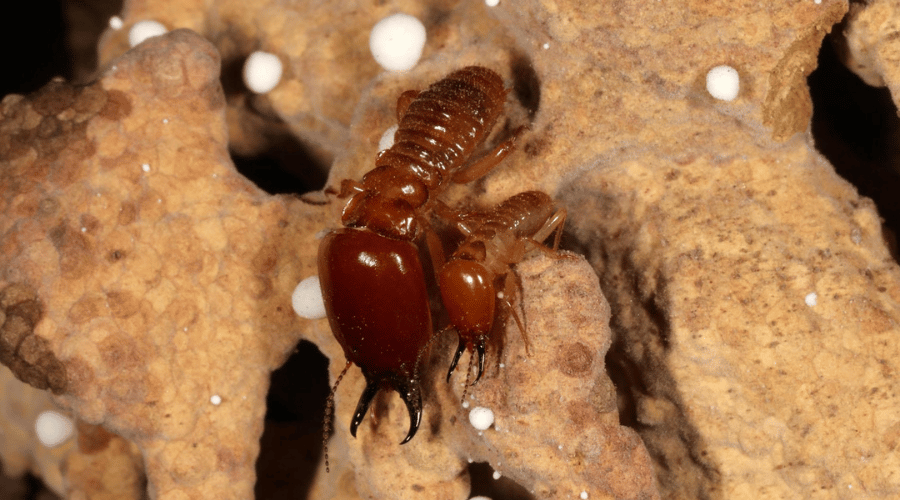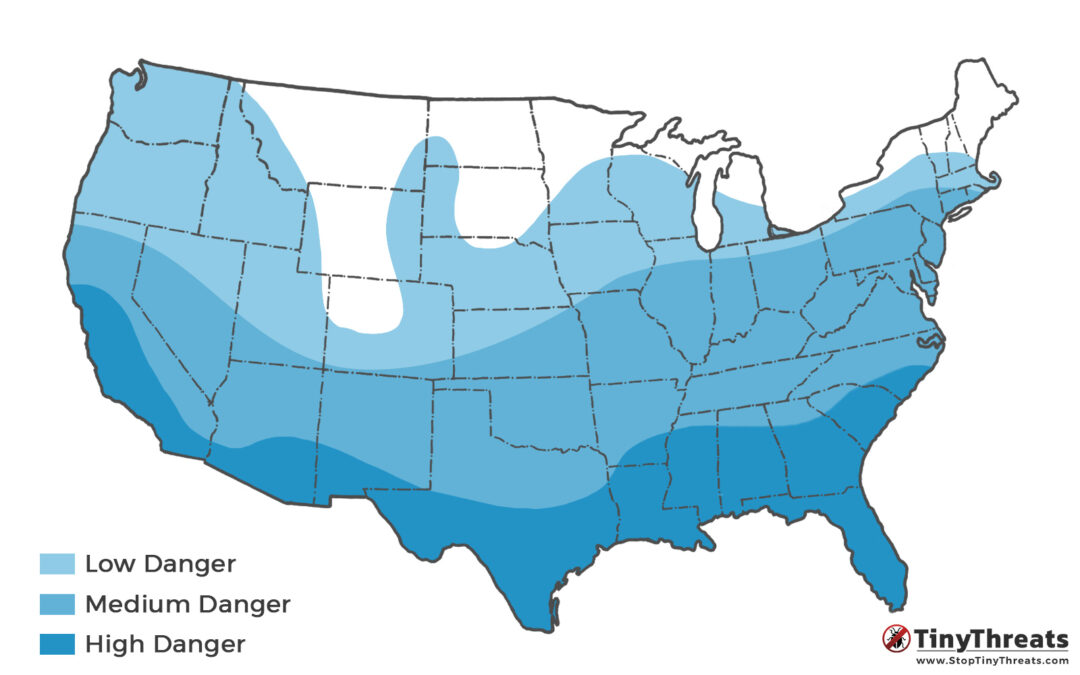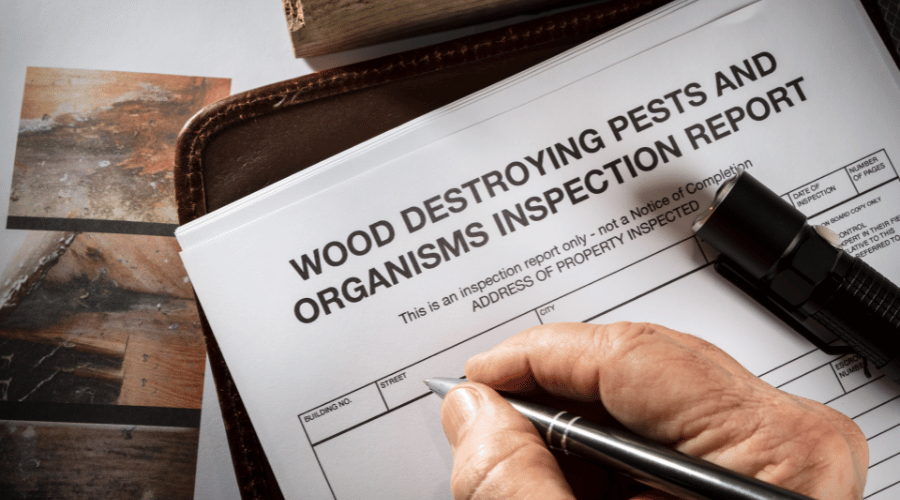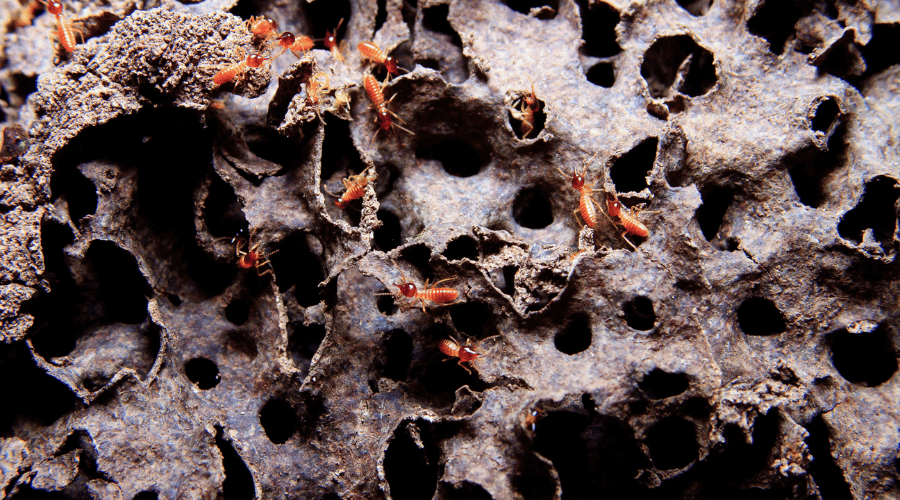If you’re like most people, you probably think of termites as just tiny, harmless bugs that eat wood.
However, the truth is that termites can be incredibly destructive pests – causing billions of dollars in damage every year. And it’s only getting worse with potential new “Super Termites”.
In this post, we’ll take a closer look at some of the most destructive termite species in the world, and some of the unbelievable discoveries of recent years.
Table of Contents
1. Formosan Subterranean Termite
The Formosan subterranean termite, scientifically named Coptotermes formosanus, is considered one of the most destructive termite species in the world. This species is native to China and Taiwan, but has been introduced to other parts of the world, including the United States, where it is now a major pest.
The Formosan subterranean termite is particularly destructive because it forms large colonies that can contain millions of individuals. These colonies can consume enormous amounts of wood – depending on the size of the colony, they can devour up to one pound of wood per day.
It can be considered the most destructive species out of all of these, as it is widespread both in America and Asia, causing multiple billions in damages every year.
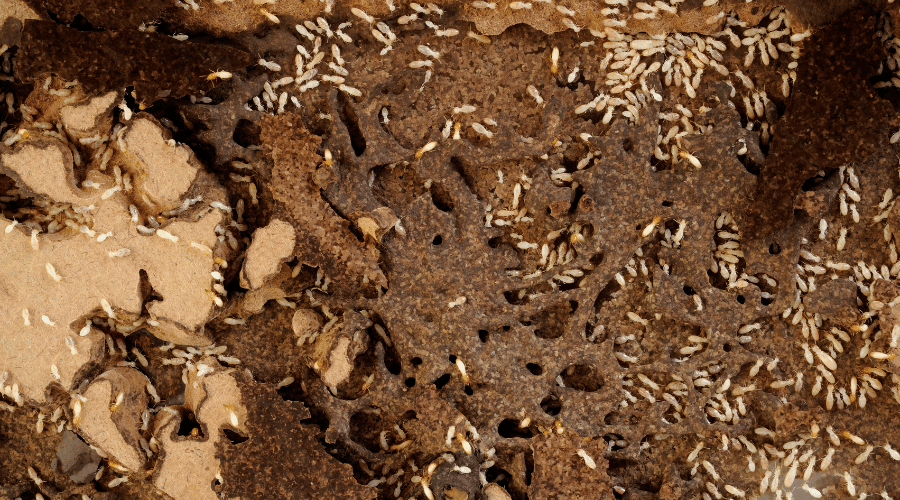
2. Asian Subterranean termite
The Asian subterranean termite, scientifically named Coptotermes gestroi, is another highly destructive pest.
This voracious species is native to Southeast Asia but has spread far beyond its origin by means of maritime travel, appearing in Brazil as early as 1923 and then slowly advancing northward into the United States by 1996.
Although climate change has enabled this species to extend its range further north, as of now it is largely limited to the southernmost regions of Florida. However, if established in other parts of the US, researchers fear that the Asian subterranean termite could cause similar destruction levels as seen in New Zealand. (1)
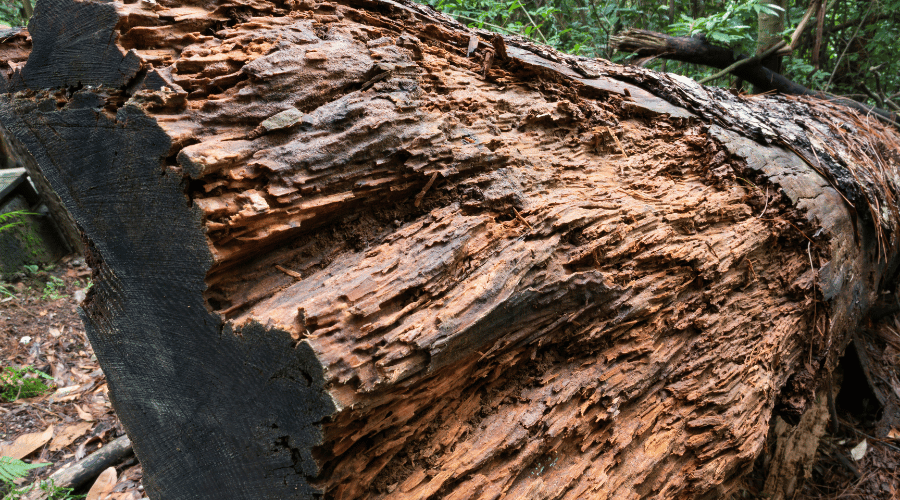
3. Hybrid “Super Termites”
A new hybrid termite species evolved when Formosan and Asian subterranean termites started mixing and mating in 2015 for the first time in history – potentially creating the most destructive species we have ever seen. (2)
This new “super-termite” poses an even greater economic threat than other species, as it can consume large amounts of wood in a short amount of time, but also grow its colony up to twice as fast as any other species. Scientists are now monitoring these hybrids closely in order to better understand their behavior, reproductive habits, and susceptibility to treatment.
Fun fact: Did you know that termites can even cause house fires? Their potential for destruction is truly unique!
4. Macrotermes Bellicosus Termite
Macrotermes Bellicosus termites are the largest of all termite species – with queens measuring up to 4.2 inches (11cm), which is about five times larger than regular termite queens.
These absolutely massive termites also have supersized workers and soldiers, reaching about 1.5 inches (4cm) in length.
To make matters even more interesting, their name “bellicosus” means combative in Latin. You probably don’t want to imagine dozens of 1.5-inch soldier termites attacking you!
However, this extreme species is at home in Africa and Southeast Asia, and has not yet been seen in any other regions. (3)
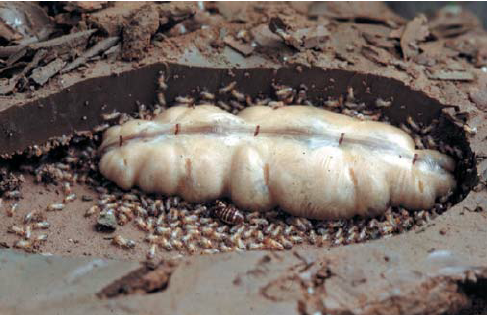
5. Syntermes Dirus Termites
While not directly commonly known or popular, the Syntermes Dirus species of termites has shown just how much destructive potential these insects can have when they go unnoticed.
In a remote area in Northeast Brazil, a massive network of termite colonies was discovered – spanning about 200 million mounds across an area as big as Great Britain.(4)
All of this was built by this species of termites across a time span of about 4,000 years – so they can consume any and all dead wood that falls onto that area.
A network like this could likely destroy homes on top of the colonies within weeks – but it’s highly unlikely that anything like this would ever be built in or near a city.
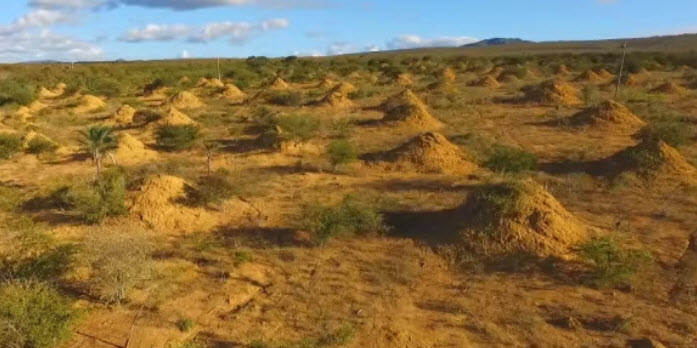
Conclusion
Termites are a highly destructive species that cause billions of dollars in damages each year in the USA. Out of all the termite species, the Formosan subterranean termite is the most destructive, as it forms large colonies that can contain millions of individuals.
A new hybrid termite species between Formosan and Asian subterranean termites could become even worse – with colonies growing twice as fast, and causing even more damage in the process.
Check out our guides on termite treatments & prevention if you want to make sure your home is protected!

